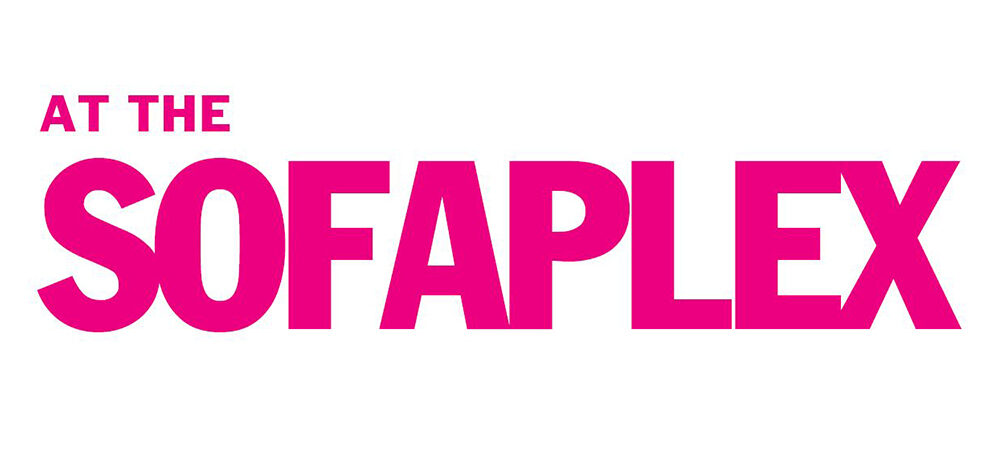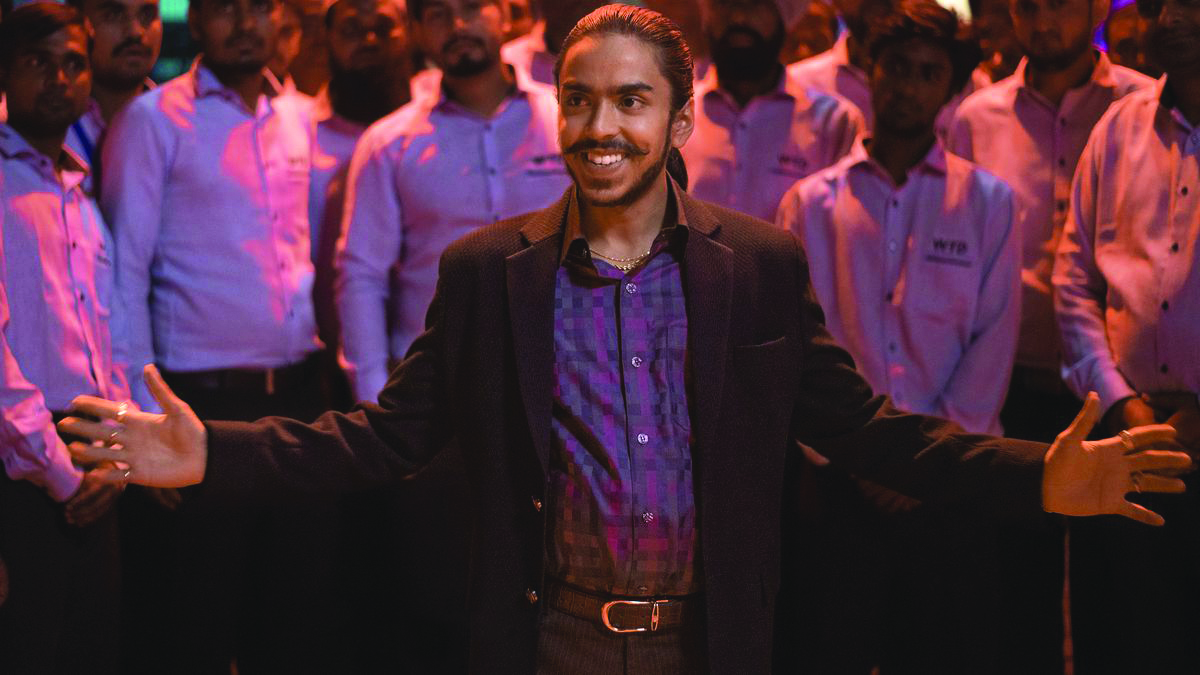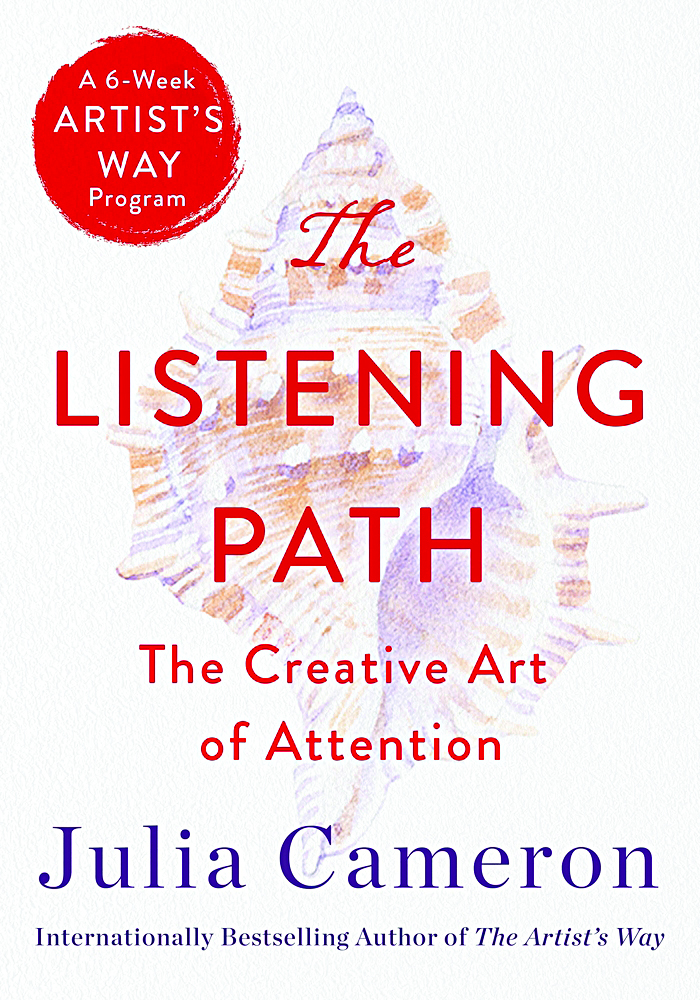Live entertainment figures share memories
When the Hippo launched 20 years ago, Granite Staters often had to drive to Boston for live music or comedy. There weren’t nearly as many local venues, and a lot of the venues that were around weren’t interested in showcasing musicians who played original music. In the final piece of our month-long series looking back at some of the subjects Hippo has covered over the years, we talked some of the bigger names in New Hampshire’s music and comedy scene.
Scott Hayward
Scott Hayward is the founder of Tupelo Music Hall, which opened in Londonderry in September 2004 and moved to a larger space in Derry in the spring of 2017.
How would you describe the local live entertainment scene 20 years ago?
New Hampshire didn’t have as many venues as it has today and the music offerings were more specific. Typically, people would go to Boston to see a show 20 years ago. There weren’t many multi-genre venues. There were blues clubs, jazz clubs, rock clubs, etc. Today, venues are providing much more diverse programming aimed at a patron demographic rather than a musical genre.
What do you think the most significant changes have been over the last 20 years, pre-pandemic?
Twenty years ago, artists were able to make a living selling recorded material. Touring was not as important as it is today. Now, as CD and record sales have taken a back seat to Spotify, Pandora, and other streaming services, artists need to tour constantly. Ticket sales and merchandise sales at shows is what artists are living on these days.
How did your efforts impact the local live entertainment scene?
Tupelo Music Hall opened using a multi-genre model focused on a patron demographic. We were one of the first venues to do this in New England. About five years after Tupelo Music Hall opened, other venues started using the same model, booking similar artists.
What has surprised you about the way the state’s live entertainment scene has developed?
New Hampshire has a very vibrant music scene and offers venues from capacities of 50 to 12,000. I believe this is in response to more people moving into southern New Hampshire from Massachusetts as the Route 93 corridor has improved from Concord into Boston. There’s really no need to go into Boston to see a show anymore.
What do you think the live entertainment scene will be like 20 years from now, and what challenges will it face?
The recent Covid crisis that we are in will definitely change the music business. How it will change remains to be seen, but I suspect that cleaning protocols, refund policies, and general health awareness will all be permanently modified. Although streaming shows have definitely improved in quality and viewership during Covid, I believe artists will always be touring and people will always prefer to see a live performance. I suspect there will be more consolidation of venues and less independent venues. I hope I’m wrong about that particular suspicion.
Aside from your own venue, what’s your favorite spot to enjoy live entertainment?
The Bank of New Hampshire Pavilion is a favorite spot for me and my wife when we can get away from our own venue.
Jim Roach
Jim Roach is the President of JJR Productions, and books shows across the region. The Christmas Buzz Ball, Concert for the Cause and Veterans Park Summer Concerts are among the events he’s involved with, as well as music and comedy shows at the Palace and the Rex Theatre in Manchester.
How would you describe the local live entertainment scene 20 years ago?
Twenty years ago, the music and entertainment scene in New Hampshire was in rough shape. There were few venues to perform in, and most of those venues wanted cover music or background music. Talented musicians were having to make a living off other musicians’ music.
What do you think the most significant changes have been over the last 20 years, pre-pandemic?
I believe the most important decision came when local officials moved forward with the civic center — formerly the Verizon Wireless Arena, now SNHU Arena. The Palace Theatre was one of the few places to see well-known, live entertainment in Manchester at the time. The clubs catered to cover bands, or the occasional hair band trying to make a comeback. With big acts coming to the civic center, restaurants and bars opened to serve those fans. Some were worried that those big shows would hurt the Palace and others. Just the opposite: Manchester was now a destination for entertainment. Strange Brew brought in blues bands, and other venues started to experiment with live music. I think Hippo was a big factor helping push other print and broadcast media into covering local, regional and national talent.
How did your efforts impact the local live entertainment scene?
My effort to bring more entertainment to the area has always been about building a team. To produce successful shows, you need that team to work together. First you need a venue, a place for people to gather. … Second, you need a performer or performers that have crafted their art onto something they want to share. Third, you need to find a way to market those shows: print, radio, television, social media, word of mouth. Finally, you need people that will buy tickets and come see your event. I truly believe my role is to bring the pieces together. When you have an audience that connects with an artist, it does not matter your race, creed, color or preference; you can be red or blue. In that room, we are humans experiencing art that might make us smile, laugh, sing, dance or even cry. At that moment, we are more human. We need that now more than ever.
What has surprised you about the way the state’s live entertainment scene has developed?
In New Hampshire, I am surprised at how long it has taken for people to embrace live entertainment. I want more people to get off their couches to see, hear and feel something that touches their soul.
What do you think the live entertainment scene will be like 20 years from now, and what challenges will it face?
I’m not sure about the next 20 years. What I know is that the next five years are going to be the most important. Getting through this virus is the biggest concern right now. Keeping venues alive until then is the only way we can secure the future of entertainment. In the next year, we are going to find a way to build on virtual events and socially distanced events … events that allow patrons to feel safe and be safe with mask wearing and being respectful of each other. If we work together with our elected officials and the health community, we can get to a place where a year from now we can gather with friends we know and others we don’t to immerse ourselves in the arts. I am excited to see new rooms opening: The Rex, Bank of NH Stage, Showroom in Keene, The Colonial and C.A.K.E. in Laconia, Jimmy’s on Congress in Portsmouth….
What’s your favorite spot to enjoy live entertainment?
Everywhere! I love a dive bar with a killer blues band, a lounge with jazz performers opening your mind, a theater or club packed for a play or an artist playing their hits we heard on the radio, a field with a stage, good vibes and a beer tent. My favorites include Hampton Beach Casino, Flying Monkey, Tupelo Music Hall, Strange Brew, The Rex, Bank of NH Stage, Meadowbrook, The Palace, Capitol Center for the Arts … and so many more.
Paul Costley
Paul Costley runs NotSoCostley Productions and books the lion’s share of live entertainment in New Hampshire’s night clubs and restaurants. He’s also a musician, a drummer who has co-hosted several open mics and played in a number of groups, including the Josh Logan Band.
How would you describe the local live music scene 20 years ago?
The music scene back in the 2000 was lots of fun. People tended to pay a little more attention to music back then. Today when you play at a venue it always amazes me how many people are on their cell phones and checking their social media versus really paying attention to the music that is taking place in front of them.
What do you think the most significant changes have been over the last 20 years, pre-pandemic?
There’s a lot more venues that have music than back 20 years ago. I feel there are a lot more options for people to get out and see music. Many small little cozy venues are springing up, with some great live acoustic music, which I think is great.
How did your efforts impact the local live music scene?
I’ve worked hand in hand with many of the venue owners that I book music for to see the best way to keep patrons and my musicians safe during this crazy pandemic, and still have live music take place. Hopefully, with the vaccines now being distributed, things will start opening up again in the spring and fall.
What has surprised you about the way the state’s live music scene has developed?
I’ve run an open mic with Nate Comp since 2010 and it’s very promising to see all the young talent that we have in this state. We’ve had so many young people attend our open mics as well as our friends’ open mics and they all say the same thing. There’s still a lot of young people trying to make their mark with the local music scene, which I love seeing take place.
What do you think the live music scene will be like 20 years from now, and what challenges will it face?
To be honest with you, I don’t really have a clue, as the technology changes on a daily basis. But it will be fun to just sit back and watch what takes place.
What’s your favorite spot to enjoy live entertainment?
I personally love seeing music in a small intimate setting where you can really get up close and personal with the musician that’s performing. … On the other hand, I think it’s wonderful that we have great live music venues like Tupelo Music Hall and the Bank of NH Pavilion, where you can listen to some of the best music in this country.
Rob Steen
Rob Steen is a standup comic and entrepreneur who runs Headliners Comedy Club and has spent 35 years booking shows throughout New England at venues that include several opera houses, restaurants and night clubs, the Chunky’s Cinema & Pub chain and his own showcase club in Manchester’s DoubleTree Hotel.
How would you describe the local comedy scene 20 years ago?
Well, back in the late ’80s there were many shows all over the state in small venues and bars. Nearly every venue would have a comedy night. It was great, as you could work literally seven nights a week and make a decent living. Patrons would follow comics from place to place and they really supported the local comedy. Comics would create a following, which really helped. Also, we had such great comics like Bill Burr, Lenny Clarke, Dane Cook, Tony V, Steve Sweeney and other great Boston and New York City comics working up here on a regular basis, especially if they were already in the area doing Boston or a corporate show. Occasionally you would have Jerry Seinfeld, Jay Leno, Steven Wright and other national acts popping in to do sets while in the area too, which was super exciting.
What do you think the most significant changes have been over the last 20 years, pre-pandemic?
In the past 20 years comedy has changed in that now every area and market has a handful of local comics who are very funny, so the need to bring in acts from out of New England has shrunk. New England continues to pump out some of the best comics in the country. I think it’s due in part to the fact that there are so many unique venues and opportunities now, as well as a very diverse and talented pool of comics here. Comics in the Northeast are able to work colleges, high schools, cruise ships, corporate shows, fundraisers and clubs. … This all makes for a well-rounded comic who is able to work any situation. Also venues now know what comedy is and are aware of what they are getting on every show due to YouTube, the web and social media. Comics now can create their own brand and market that brand directly to the customers, which really helps agents and promoters when booking the shows.
How did your efforts impact the local comedy scene?
When I began doing shows in New Hampshire in 1986 I was very young, and like most comics I was just trying to find my voice. I was living in the Boston area and booking shows around the North Shore in Massachusetts. I began promoting shows in New Hampshire, Vermont and Maine, as there were not many agents focusing on northern New England. My goal was always to give everyone I could a stage to perform on. Currently, I’ve had the longest-running weekly shows in New Hampshire. I partner with a few local venues like the DoubleTree in Manchester and Chunky’s Cinemas who share the same goal to create a comedy scene here in New Hampshire. I have seen many young comics grow from open mic to touring with national acts and even go on to do late-night television and sitcoms. … I would never take the credit for their success, but I feel honored to have played a small role. I continue to book and produce over 50 events a week for local and regional acts to cut their teeth on. I welcome the next generation of comics to my stages. From what I’ve been seeing, we have a very talented crew coming up.
What has surprised you about the way the state’s comedy scene has developed?
One of the most surprising things I’ve seen is how supportive the comics are. There is a sense of camaraderie that is so prevalent now. I see comics who are very talented and gifted helping the younger generation. There are some comics that coach, and in some instances mentor, the younger comics and show them the ropes. I also have seen a shift in that we [comedians] … have always offered to give back to the community by doing countless fundraisers for all types of organizations.
What do you think the comedy scene will be like 20 years from now, and what challenges will it face?
I think the scene will continue to grow and evolve. I feel that in recent times we have been forced to explore other areas to express ourselves and perform. Live comedy will always thrive in New Hampshire thanks to the support of local venues, as well as patrons that want to see comedy. Not only will we see live comedy grow, I’m sure we will see growth in the streaming of these shows online so patrons in small areas can join in. We are in the beginning stages of Zoom comedy. It will be great to see what this will be like moving forward. … [And places like] Manchester … [have] been growing so fast and really becoming a hub for smart and energetic people. There are many businesspeople, like Dean Kamen, for example, who are playing a major role here in New Hampshire. What he and others are doing is awesome and helping to make New Hampshire a place to be. This will inevitably help all of us here in the arts.
What’s your favorite spot to enjoy live entertainment?
Whenever I work locally, I like to go out after my shows. I like going to see a blues and jazz band at Strange Brew. I also like Penuche’s on Elm for their bands. Tupelo has really done a great job bringing in so many great acts over the years. Honestly, there are so many places now to enjoy live music or dancing. New Hampshire really has something for everyone now.
Featured photo: (From, left to right) Scott Hayward, Jim Roach, Paul Costley, Rob Steen.






